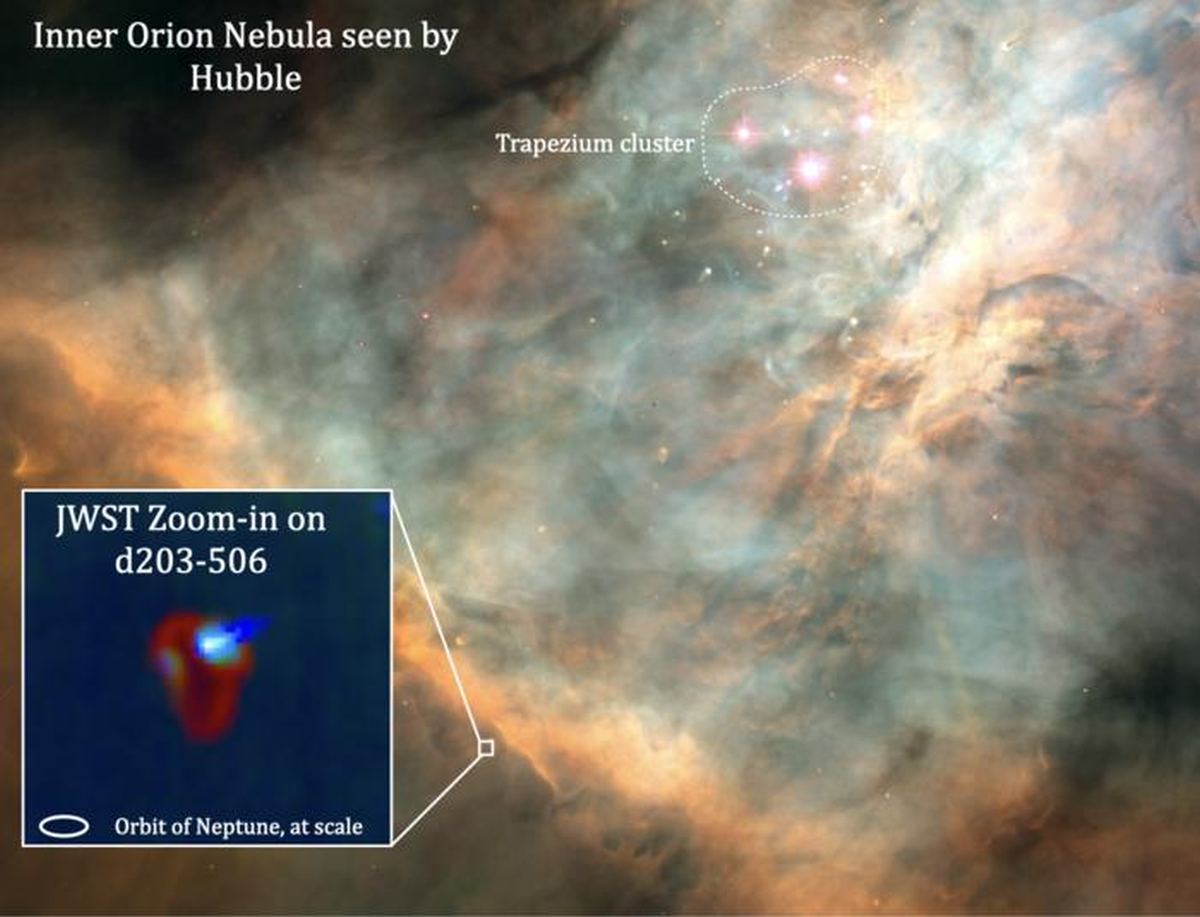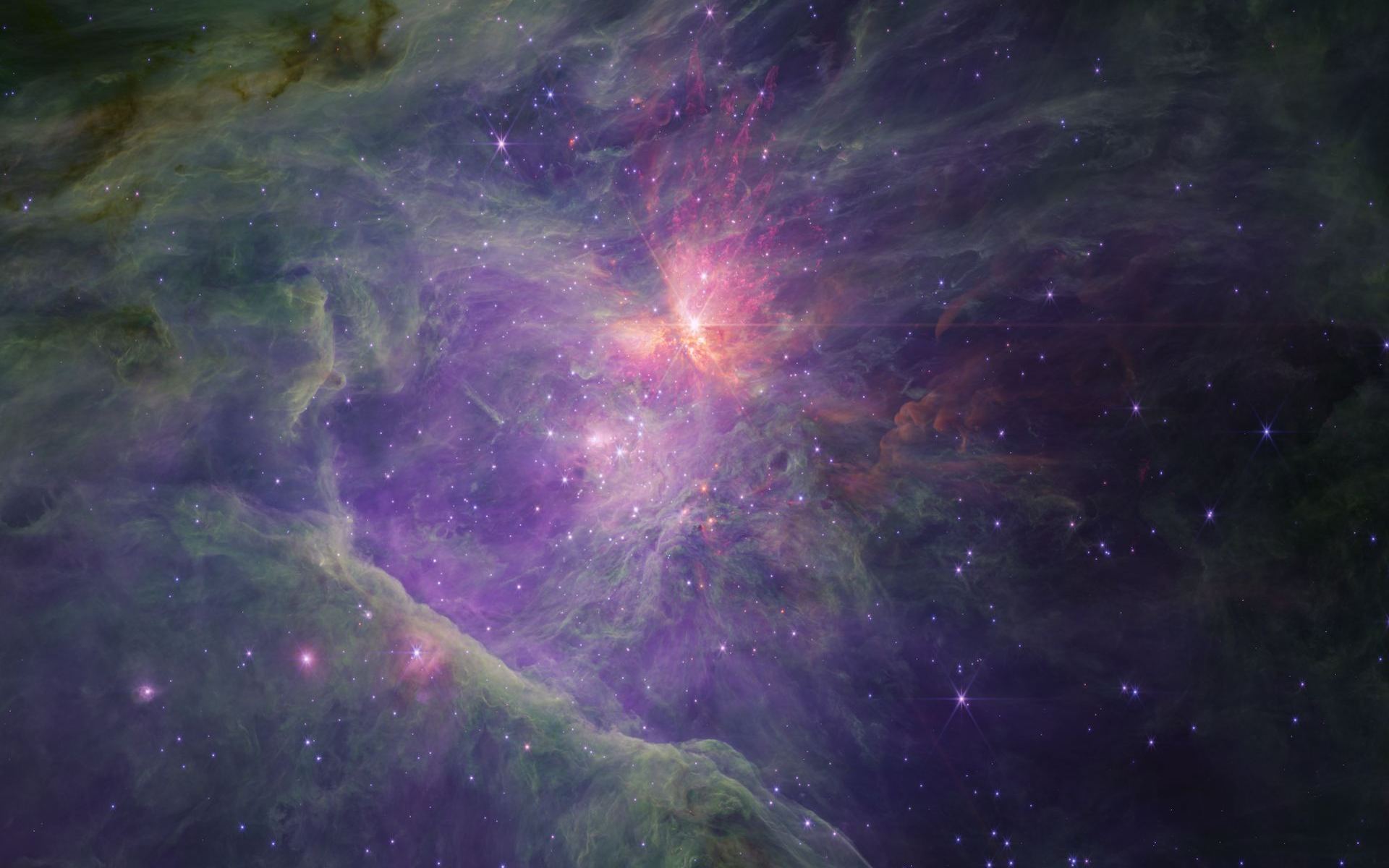The Orion Nebula is one of the most observed and photographed objects in the night sky. At a distance of 1350 light years away, it’s the closest active star-forming region to Earth.
This diffuse nebula is also known as M42, and has been studied intensely by astronomers for many years. From it, astronomers have learned a lot about star formation, planetary system formation, and other bedrock topics in astronomy and astrophysics. Now a new discovery has been made which goes against the grain of established theory: stellar winds from newly-formed massive stars may prevent other stars from forming in their vicinity. They also play a much larger role in star formation, and in galaxy evolution, than previously thought.
Continue reading “Newborn Stars in the Orion Nebula Prevent Other Stars from Forming”



